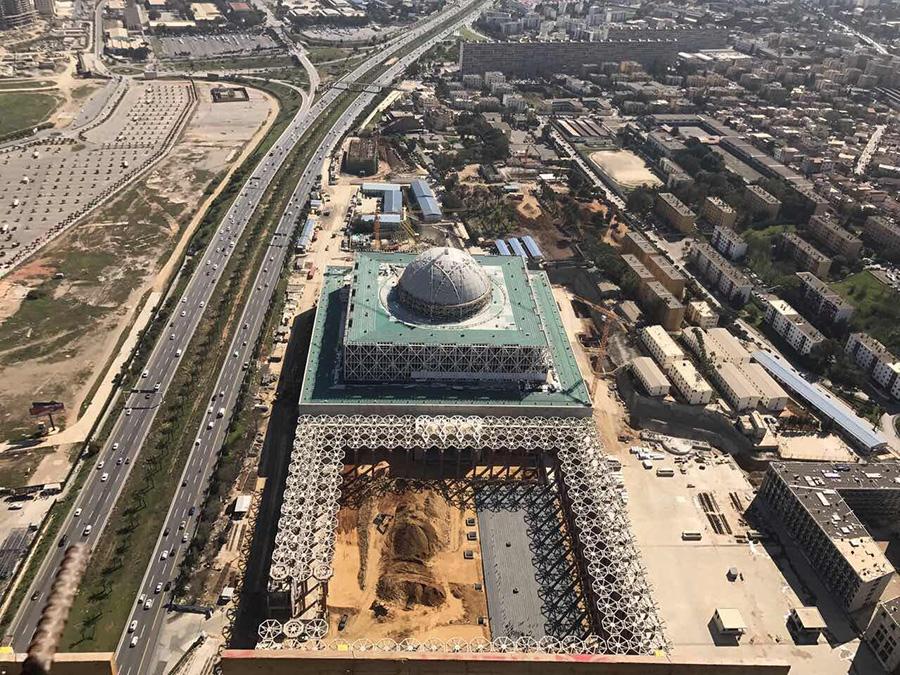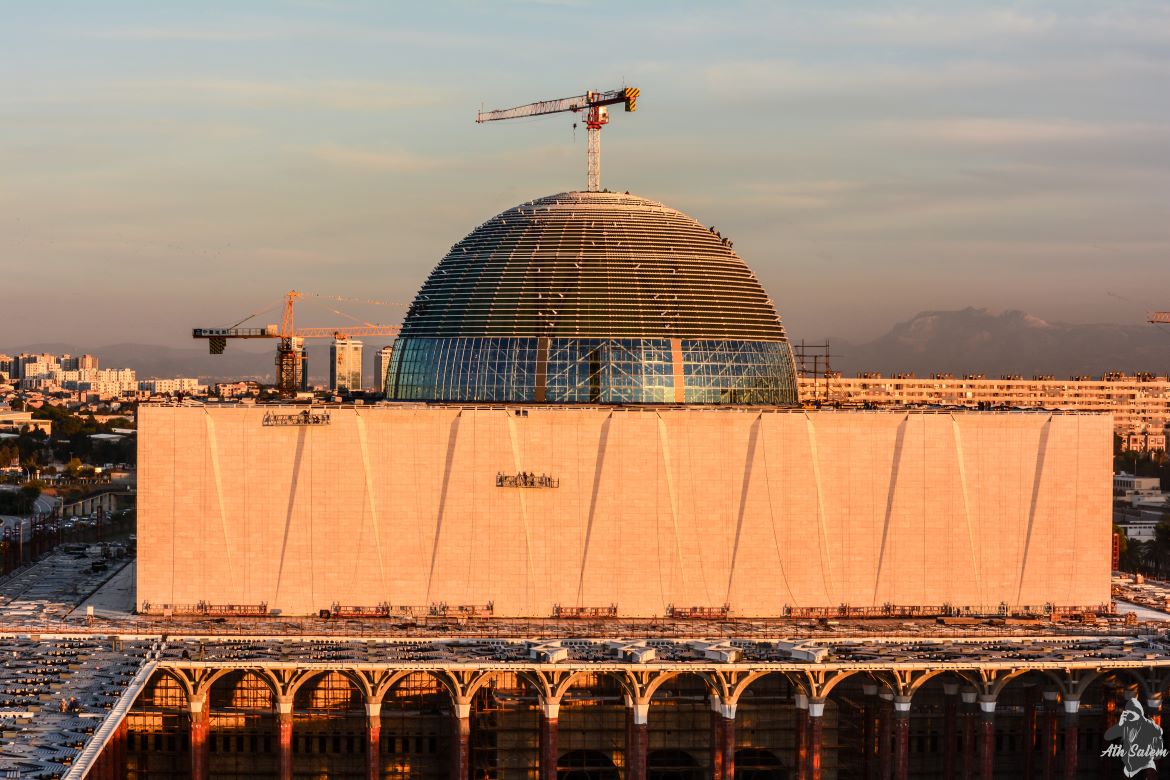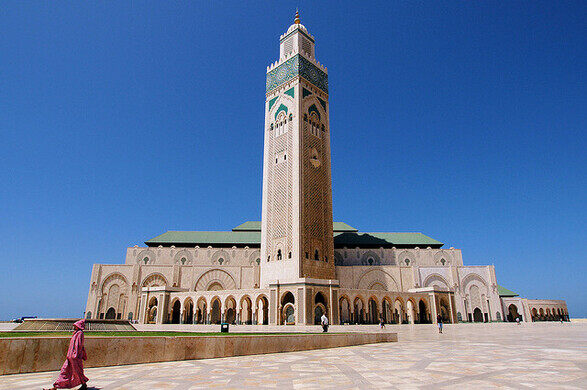The King Hassan II Mosque in Casablanca, Morocco will no longer be the largest mosque in Africa, as a new billion-dollar mega-mosque with the world’s tallest minaret is nearing completion in the capital city of Algiers, Algeria.
After almost a decade of delay caused by budget constraints, the grand mosque, that can hold up to 120,000 worshippers, will finally be opened this year, thanks to Chinese state contractors who are finalising all aspects of the building.
Algerian officials have been considering the idea of having a mega-mosque since 1962 when the country gained independence from France. This dream started becoming a reality in 2012 when the country signed a deal with Chinese state-owned contractor, China State Construction Engineering Corporation.
The Algerian government allocated approximately 1 billion euros (over 1 billion dollars) for the project of the Great Mosque, said the CGTN.

The Djamaa El Djazair, otherwise known as the Grand Mosque of Algiers, is located in the al-Mohammadiya area of Algiers and extends to an area of 200,000 square meters.
When completed, it will be the world’s third-largest mosque by area, after the pilgrimage mosques in Mecca and Medina in Saudi Arabia. Its 265-metre minaret (a slender tower used to call Muslims to prayer) will, however, be the tallest in the world, overlooking the Bay of Algiers.

The grand mosque, which will include a one-million book library, a Koranic school and a museum of Islamic art and history, would be a “one-of-a-kind.”
“There will be nothing like it in the world – religiously, touristically and economically,” Religious Affairs Minister Bouabdallah Ghlamallah said in 2012 after Algeria signed the deal with the Chinese state firm.
Most leaders in the Islamic world have, over the years, established magnificent mosques to enhance their political legitimacy, according to observers.

Algerian leader, Abdelaziz Bouteflika, who has been in power since 1999 until recently, said he wanted to “leave his mark” by building the magnificent place of worship.
Bouteflika also wanted the mosque as a ‘monument to Islam and to the martyrs of the Algerian revolution’ [the war of independence from France],” Ouarda Youcef Khodja, a senior official at the ministry of housing and urban planning told the BBC in 2015.
“This monument will be a point of reference for the current revolution – the revolution of the development of Algeria,” she added.

The mosque will also be “an emblem of moderate Islam in Algeria and a shield against all forms of extremism,” said Ahmed Madani, an adviser to the Algerian ministry of housing.
Others, however, believe that Algeria prioritized this building due to its usual bitter rivalry with its neighbour, Morocco. Morocco, since 1993, has had the largest mosque in Africa, but this would no longer be the case when Algeria completes its mega structure.
“If we build a mosque, they build a mosque; if we go to the moon, they want to go to the moon too,” Samir Bennis, a Morocco foreign policy analyst told Quartz in 2016.
He said the rivalry between Algeria and Morocco has been ongoing since The Sand War, a military conflict over territory in 1963.
“Algeria resents that our army inflicted them a humiliation during that brief war,” Bennis said.

The Algerian mosque, which will now beat Morocco’s in overall size and height of its minaret, was designed with the help of German architectural firm, KSPJurgen Engel Architekten.
The minaret of the 22-hectare complex would have 43 floors. Each floor would contain a museum that documents a specific historical era of Islam. There will be three floors under the mosque including a car park with a capacity to hold 6,000 vehicles, said Al Arabiya English.

The whole mosque complex, which comprises more than 400,000 square metres, has an adjacent park, public square, cultural centre, housing, a fire station and a library that can host 6,000 people at a time.
The mosque also has solar panels and a system that would allow it to retain water which will then be recycled for other uses.
When the construction of the mosque began in 2012, it employed about 2,300 construction workers, engineers and managers. An additional 17,000 people were employed indirectly as subcontractors, said a report by The B1M.
Earlier, experts warned against the risks of the mosque being destroyed in an earthquake as Algiers spans two major plates and is regularly hit by earthquakes.
Madani told the AFP in 2016 that a mechanism which can absorb earth movements has been put into place. This would enable the complex to withstand a magnitude 9.0 earthquake.
Officials may be elated about the grand edifice, but critics believe that the huge money involved in the project could have been spent elsewhere – like building hospitals, improving healthcare and education.










